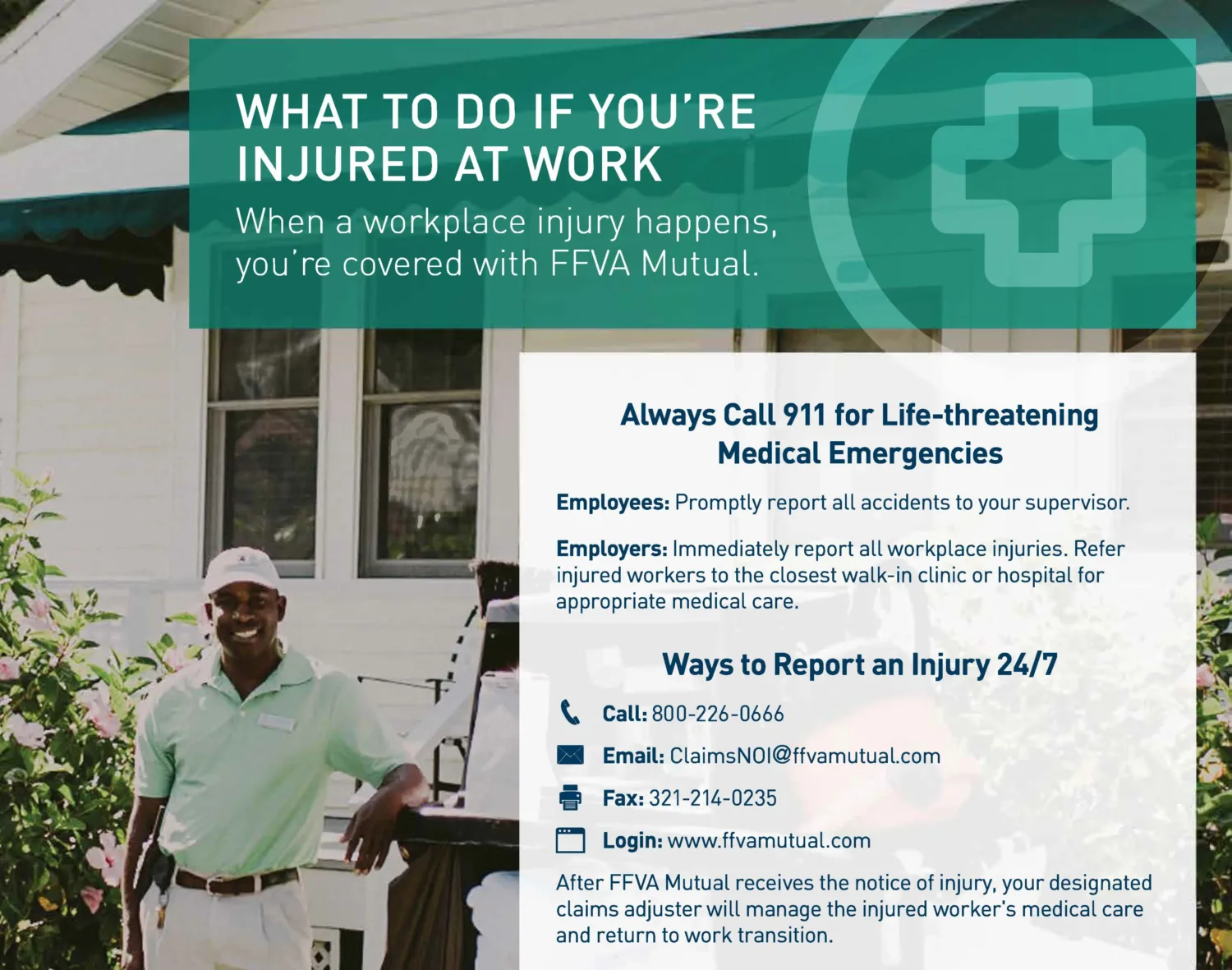Tips to Master OSHA Compliance
The Occupational Safety and Health Administration (OSHA) has played a pivotal role in reducing work-related injuries, illnesses and fatalities through comprehensive OSHA recordkeeping rules since the early 1970s. These recordkeeping requirements are a cornerstone of OSHA’s efforts to promote occupational safety and ensure that employers are maintaining a safe work environment. By meticulously documenting occupational injuries and illnesses, employers can better understand workplace hazards and implement effective safety measures.
As part of its regulatory efforts, OSHA maintains and updates recordkeeping rules that outline employers’ responsibilities following an on-the-job accident resulting in a workplace injury. Depending on the industry you’re in and the number of employees on your payroll, you may be required to keep detailed injury and illness records on file, including the OSHA 300 Log and other recordkeeping forms mandated by federal OSHA regulations. These records are not only essential for compliance but also serve critical recordkeeping purposes in tracking the health and safety performance of your organization.
Of course, it can be hard to tell which rules apply to your organization, and whether you need to submit your OSHA forms electronically through the OSHA Injury Tracking Application (ITA). To help you remain compliant with OSHA’s recordkeeping requirements and create a culture of accountability, we’ve pulled together key insights about OSHA recordkeeping guidelines that every organization should keep in mind. Understanding these guidelines is crucial to avoid potential recordkeeping violations and ensure that you meet all reporting requirements.
OSHA Recordkeeping 101: The Basics
Before we dive into the specifics, it’s worth noting that OSHA’s recordkeeping rules are designed to help employers recognize workplace hazards and improve their safety programs. Keeping accurate OSHA records not only fulfills legal obligations but also enhances workplace safety by highlighting areas that need improvement. While failing to meet OSHA’s standards can result in a citation or penalties for non-compliance, the purpose is not to cause disruption or uncertainty — OSHA recordkeeping is about preventing future workplace injuries and driving awareness of specific industry hazards. Instead of treating this process as a burden, employers can (and should) use injury and illness records to create more effective safety policies and protect their workers from known and emerging risks.
Documenting Work-Related Accidents
According to OSHA’s recordkeeping standard (29 CFR Part 1904), organizations in high-risk industries and those that employ more than 10 employees at all times during the calendar year are required to keep detailed records on serious work-related injuries and illnesses for up to five years. These recordkeeping requirements apply to most employers in the general industry sector, and they are fundamental to federal OSHA’s mission of promoting occupational safety.
However, employers in certain low-risk industries are often exempt from some of the more labor-intensive recordkeeping guidelines and reporting requirements. Nevertheless, even exempt employers must report any workplace incident that results in a fatality, in-patient hospitalization, amputation, or loss of an eye directly to OSHA, as these are considered significant recordable incidents.
In terms of criteria, OSHA asks employers to maintain injury and illness records for any workplace accident that leads to:
- Days away from work
- Death
- Loss of consciousness
- Medical treatments beyond first aid
- Restricted work duties or transfer to another job
- Significant injury or illness diagnosed by a licensed health care professional
These incidents are considered recordable injuries and must be documented accordingly. Even though documenting minor injuries is not part of OSHA’s recordkeeping requirements, it can be useful for employers to track these types of incidents for their own benefit. Recording injuries, even those not required by OSHA, can help identify patterns and prevent future workplace injuries. The more you understand the hazards your employees face, the better prepared you’ll be to implement new protections and reduce the risk of future occupational injuries.

Filling Out OSHA Forms
OSHA’s recordkeeping rules also include specific guidelines for creating and submitting reports of work-related injuries, illnesses and fatalities. While some of these provisions have been rescinded, it’s helpful to understand which OSHA forms are used and how they align with the agency’s long-term goals. In total, there are three different types of OSHA recordkeeping logs that employers must fill out and maintain:
OSHA Form 301: Injury and Illness Incident Report
This form must be completed after a recordable work-related injury or illness has been reported. OSHA Form 301, also known as the 301 Incident Report, should include detailed information about the incident, an explanation of the injury or illness and important employee or medical information. Employers have 7 calendar days to fill out this form after a work-related incident has occurred and must keep it in their records for five years. Maintaining accurate OSHA Form 301 reports is crucial for compliance and provides detailed information that can aid in improving workplace safety.
OSHA Form 300: Log of Work-Related Injuries and Illnesses
This form, commonly referred to as the OSHA 300 Log, records details of work-related injuries that occur at a single location (or “establishment”) in a given calendar year. As such, employers must fill out and maintain a separate OSHA Form 300 Log for each of their permanent workplaces. These logs should provide details of each work-related injury, including the date it occurred, details about the injury, the number of missed or restricted workdays, number of days away from work, number of job transfer days and other relevant information. Employers have 7 calendar days to log the work-related injury from the time they learn of the injury. Accurate recordkeeping on the OSHA 300 Log is essential for compliance and for tracking workplace safety trends.
OSHA Form 300A: Summary of Work-Related Injuries and Illnesses
The OSHA Form 300A annual summary is meant to inform your employees as well as OSHA about work-related injuries and illnesses that occurred during the previous reporting calendar year at each business location. This typically includes specific information, such as the total number of recordable injuries and illnesses, days away from work, restricted workdays, the types of injuries and illnesses reported and more. Once completed, OSHA Form 300A must be posted at each jobsite so employees can easily access and review past accidents from February 1st through April 30th each year following the year covered by the summary.
Keep in mind, even if you aren’t required to submit these forms directly to OSHA, you still need to complete and retain them for up to five years for recordkeeping purposes. Failure to properly maintain these records can result in penalties. Prior to OSHA’s recent recordkeeping updates, employers could face a penalty of $1,000 (per year) that OSHA Form 300 was not properly kept, up to a maximum of $7,000. The same penalty also applied to OSHA Form 301, but the maximum fine was capped at $3,000. Now, employers could face penalties of up to $13,260 for failing to uphold OSHA’s recordkeeping requirements. For a more comprehensive breakdown of potential enforcement actions and general recording criteria, check out OSHA’s recordkeeping handbook or consult with a recordkeeping advisor.
Submitting OSHA Forms
The rules around the electronic submission of OSHA forms have changed dramatically over the past decade. Previously, organizations with 250 or more employees were required to submit OSHA Form 300, 300A and 301 electronically, but OSHA’s recent recordkeeping updates have reduced the reporting burden by eliminating certain requirements. The final rule offers the following guidance:
- Establishments with 250 or more employees: Employers in this category no longer have to submit OSHA Forms 300 and 301 electronically, but they’re still required to provide Form 300A through the OSHA Injury Tracking Application (ITA) each year. Utilizing OSHA’s ITA ensures compliance with electronic reporting requirements.
- Establishments with 20 – 249 employees: Organizations in certain high-risk industries are required to submit OSHA Form 300A through the ITA each year, but they no longer have to include information from Forms 300 or 301. This electronic submission helps OSHA collect necessary labor statistics to monitor workplace safety trends.
- Establishments with fewer than 20 employees: Smaller employers that fall into this group are not required to submit any information electronically, but they still need to maintain all relevant logs and be able to produce them upon request or during an on-site OSHA inspection. Compliance with OSHA regulations is still mandatory for these covered employers to avoid potential penalties.
For more information on OSHA’s recordkeeping rule updates, check out this informative blog article from FFVA Mutual. Staying informed about OSHA standards is crucial for maintaining compliance and ensuring workplace safety.
Building a Culture of Safety
Although it can be challenging to keep up with OSHA’s shifting recordkeeping requirements, there are plenty of resources that can help you stay one step ahead. For example, OSHA offers a publicly available training course that outlines best practices for documenting work-related accidents, filling out forms and maintaining records. This course can serve as a valuable recordkeeping advisor by providing detailed information on compliance and helping to prevent potential recordkeeping violations.
That said, the best way to stay compliant is to collaborate with your workers’ comp provider to ensure your recordkeeping policies and procedures are up to par. A knowledgeable provider can help you navigate OSHA regulations, understand the general recording criteria and implement strategies to reduce workplace injuries. By focusing on occupational safety and fostering a culture of workplace safety, employers can minimize the risk of recordable incidents, such as amputations or other serious injuries.
FFVA Mutual offers a variety of services, training and resources at no additional cost to our policyholders. Our commitment to workplace safety extends beyond insurance; we aim to be partners in promoting occupational health and preventing workplace injuries. To learn more about our online and in-person training courses, including 10-hour OSHA training, visit our safety training course page. Together, we can work towards a safer workplace and ensure compliance with all OSHA requirements.






























